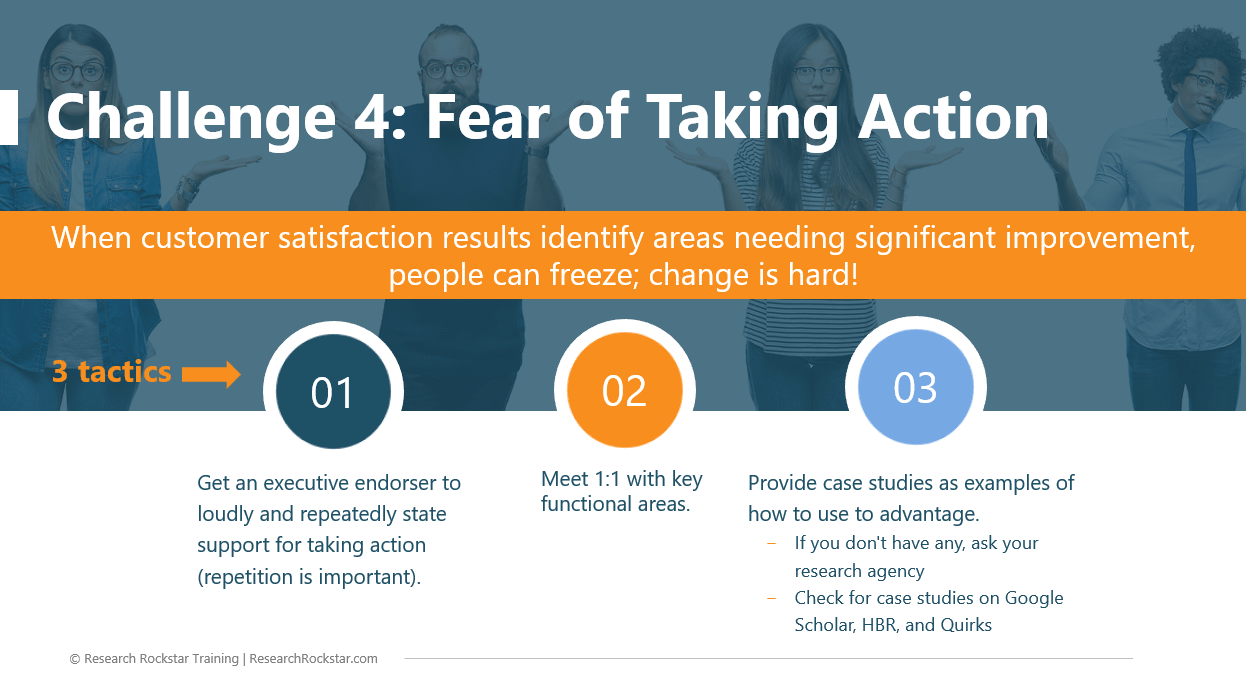 Clients seeking to conduct a market research project typically choose one of two paths: do it in-house or outsource to a full-service market research agency. Pretty simple.
Clients seeking to conduct a market research project typically choose one of two paths: do it in-house or outsource to a full-service market research agency. Pretty simple.
But now, a third option exists: out-tasking.
Today, there are plenty of fantastic freelancers and micro-boutiques that have deep expertise. And on the client-side, there are lots of cases where research needs are high but budgets are low. Consider these two trends together, and the emergence of a new option becomes obvious: market research out-tasking.
My old boss (eegads, I worked for him in the mid-80s!), IT industry analyst Jeff Kaplan, coined the phrase out-tasking to describe the selective outsourcing of specific tasks to third-party IT service providers. At the time, 1994, this was a pretty important distinction because IT projects until then were typically done in-house or outsourced in entirety.
Market Research Out-tasking Example
Here’s a perfect example. A client I have been working with for some time (providing training to their growing market research department), had a need for a project. They knew it was too big for them to handle in-house, so they talked to a few research agencies and got back bids averaging about $50,000.
The thing was, the client was doing the data collection.
So that was $50,000, with no sample costs. Upon further reflection, the client decided there had to be an option. So I discussed various scenarios with them, helping them weigh the respective pros and cons. Their ultimate decision? Do the project management and reporting in-house, but hire an experienced researcher for questionnaire design and data analysis—two very discrete parts of the process.
I referred them to several freelancers for their consideration, and while they haven’t made their final choices, the client’s out of pocket costs will have dropped from $50,000 to roughly $16,000.
Of course, there are far more costs than that $16k. They are also going to dedicate a significant amount of staff time (2 mid-level marketing professionals, and access to an internal graphics pro), survey hosting, and data collection costs.
So while the OOP is low, it’s not the only cost. Further, they won’t get the benefit of a full-service agency’s experience.
Not a Fluke
In the past year, I have connected several clients with freelancers. And so far, the feedback has been excellent. The clients know very precisely what the freelancer will deliver, and frankly, get a very good rate. And the freelancers, most of whom typically contract to agencies, get the benefit of direct client interaction.
But it isn’t a risk-free proposition. You should only consider out-tasking a viable option if:
- Someone on your team has experience managing market research projects. There are lots of risks in market research; you need a project manager who can navigate around them.
- You have access to a known, quality sample source. Warning: I have seen many cases where clients thought they did, and found out the hard way that they were incorrect. BTW, not all panel companies happily sell direct to clients (some prefer working with agencies).
- You don’t mind a little risk. Freelancers are, after all, individuals. They generally don’t have back-up. Someone gets sick, or has a sick child, and your schedule could slip.
- Your internal clients will find an internally delivered report credible. Sometimes research results simply have more authority when delivered by a reputable third party.
Bottom-line
Market research out-tasking is a legitimate choice for clients seeking to augment in-house resources with specific skills sets in order to get the job done. There are many highly-skilled, independent researchers available, offering various skills. If a full-service agency isn’t an option, out-tasking is a great alternative.
[BTW, if you are an independent market research consultant interested in such gigs, please fill out this form: link. I am always happy to refer my clients to qualified researchers.
]












2 comments
A somewhat related article: http://bit.ly/bgjM3E
I’ve seen this dynamic at work with several of my clients. Often, they’ll have an internal research resource and the ability to handle the data collection part of the work. Where they find they need help is with research design and the more advanced analytic procedures.
In my experience with this type of project, the benefits (and cautions) you mention are spot on. For the clients who do have a good internal research manager, this type of arrangement has been a win-win. My clients save some money compared to a traditional full-service engagement and get the help they really need. I get to spend more time on (for me, anyway) the fun parts of the project.